Remember when Saturday mornings meant rolling up your sleeves for a full day of household tasks that seemed to stretch endlessly? Those were the days when keeping a home running smoothly required genuine elbow grease, patience, and often the whole family pitching in. Technology has certainly made our lives easier, but there’s something to be said for the satisfaction that came from completing these time-honored chores by hand.
1. Hand-Washing All the Laundry
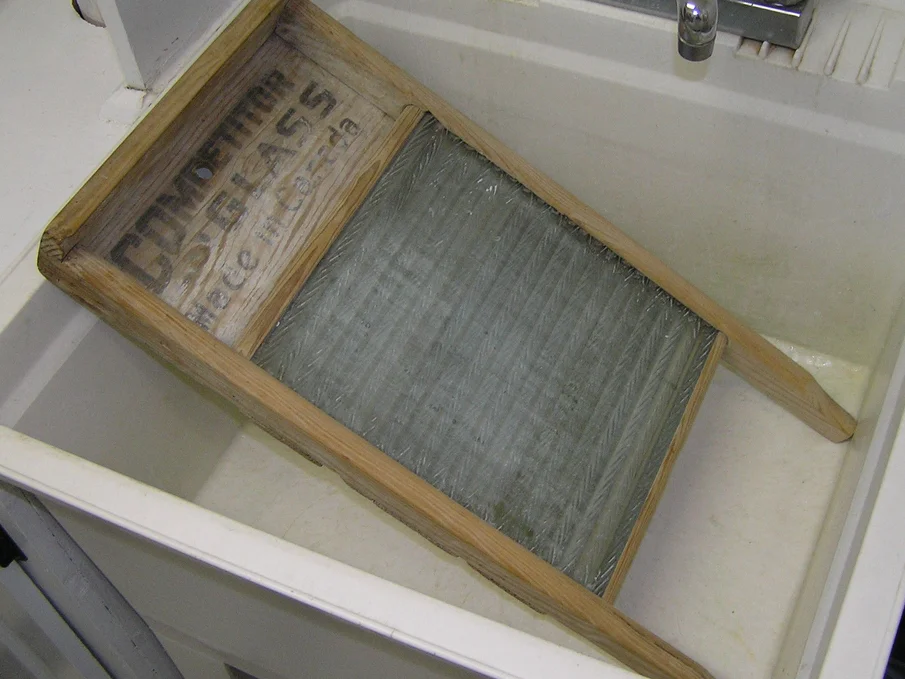
Before automatic washing machines became standard in most homes during the 1950s and 60s, laundry day was truly an all-day affair. You’d haul heavy baskets of dirty clothes to the basement or backyard, fill large tubs with hot water, and scrub each item by hand using a washboard and bar soap. The rhythm of scrubbing became almost meditative, though your knuckles certainly felt the burn by day’s end.
After the washing came the wringing, which required feeding each garment through a hand-crank wringer to squeeze out the excess water. Then everything had to be hung on clotheslines, whether outdoors or in the basement, and you’d spend the day checking to see if items were dry enough to bring in. Weather didn’t always cooperate, and many a housewife had to quickly gather laundry when unexpected rain clouds rolled in.
2. Beating Rugs and Carpets
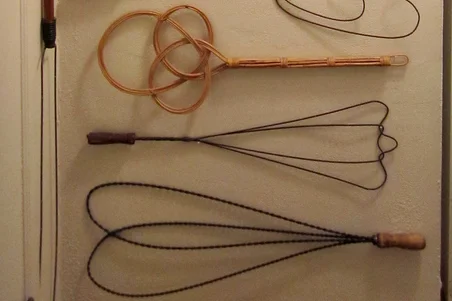
Long before vacuum cleaners became household staples, keeping carpets and rugs clean meant hauling them outside for a good old-fashioned beating. You’d drape heavy rugs over clotheslines or porch railings and use a carpet beater—a tool that looked like a large tennis racket made of wicker or wire. The satisfying thwack of the beater against the rug would send clouds of dust flying, and you’d keep at it until no more dirt emerged.
This chore required real muscle and stamina, especially with those thick Persian rugs or heavy wool carpets that seemed to weigh a ton when waterlogged from cleaning. The whole neighborhood would sometimes coordinate rug-beating days, creating a symphony of rhythmic thumping that echoed through the streets. It was backbreaking work, but there was something deeply satisfying about watching all that accumulated grime finally give up its hold.
3. Churning Butter by Hand
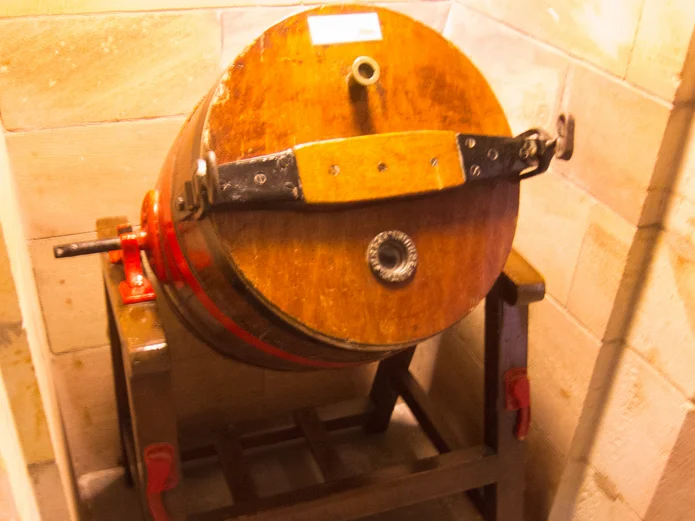
Making butter was a weekly ritual in many households well into the early 1900s, and some families continued the practice through the Great Depression. You’d start with fresh cream from the local dairy or your own cow, pouring it into a wooden churn and working the handle up and down for what felt like hours. The repetitive motion was surprisingly tiring, and children often took turns to give their arms a rest.
The magic moment came when you’d hear the cream suddenly change its sound inside the churn, signaling that the butter had finally separated from the buttermilk. Then came the careful process of washing the newly formed butter in cold water to remove every trace of buttermilk, which would cause it to spoil quickly. The result was fresh, creamy butter that tasted infinitely better than anything you could buy, but the time investment was considerable.
4. Preserving Food Without Refrigeration
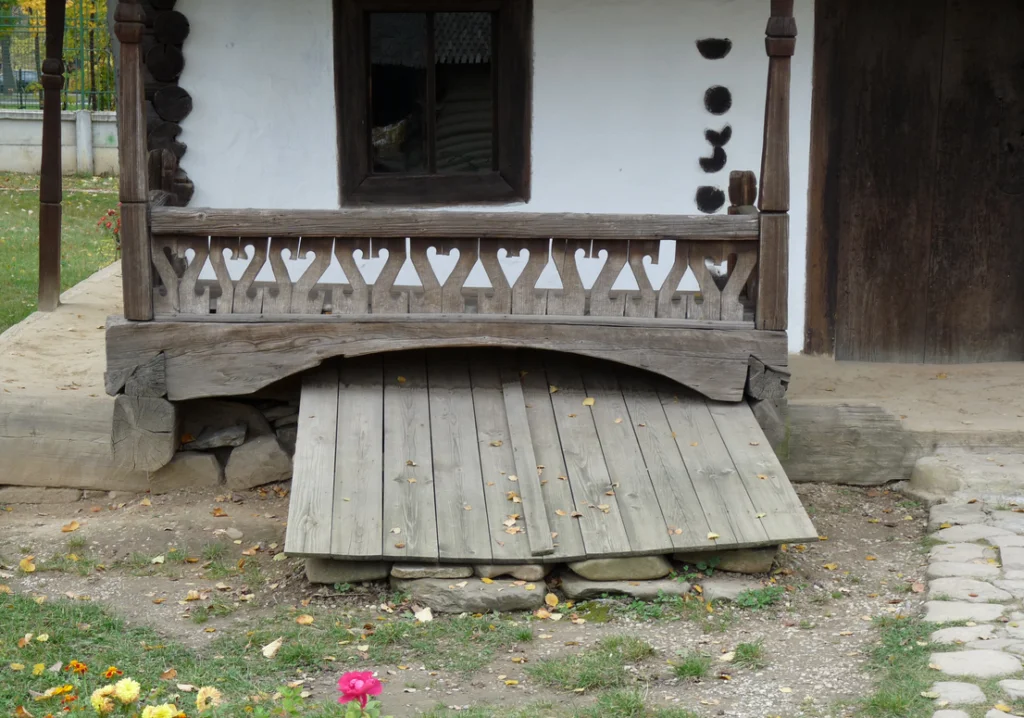
Before electric refrigerators became common in the 1930s and 40s, keeping food fresh required creativity, planning, and constant vigilance. Root cellars, ice boxes, and pantries had to be carefully managed, with ice delivery happening several times a week during warmer months. You’d wrap blocks of ice in sawdust or newspapers, knowing they’d only last a day or two before melting away.
Preserving meat meant smoking it in backyard smokehouses or packing it in salt, while fruits and vegetables were canned, pickled, or dried for long-term storage. Every season brought its own preservation tasks—from making sauerkraut in the fall to putting up strawberry preserves in early summer. The kitchen became a small factory during harvest season, with multiple projects bubbling and steaming simultaneously.
5. Heating Water for Every Purpose
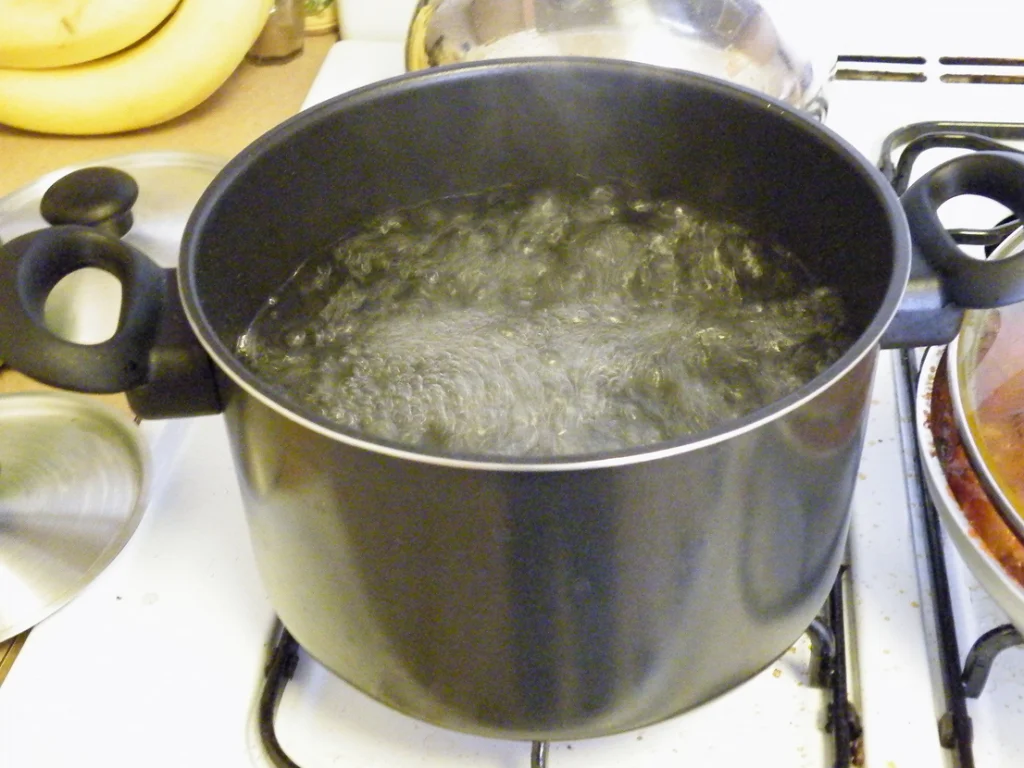
Hot water didn’t flow magically from taps until well into the 20th century, making every bath, dishwashing session, and cleaning task a production. You’d start by building a fire in the kitchen stove or water heater, then wait patiently as large pots and kettles slowly came to a boil. Planning ahead was essential because heating enough water for a family bath could take hours.
Saturday night baths were often shared affairs, with family members taking turns in the same tub water, starting with the youngest and cleanest. Washing dishes meant heating water in the morning and again after every meal, and laundry required massive amounts of hot water that had to be heated in batches. The simple act of having hot water readily available was a luxury that required significant time and fuel investment.
6. Mending and Darning Clothes
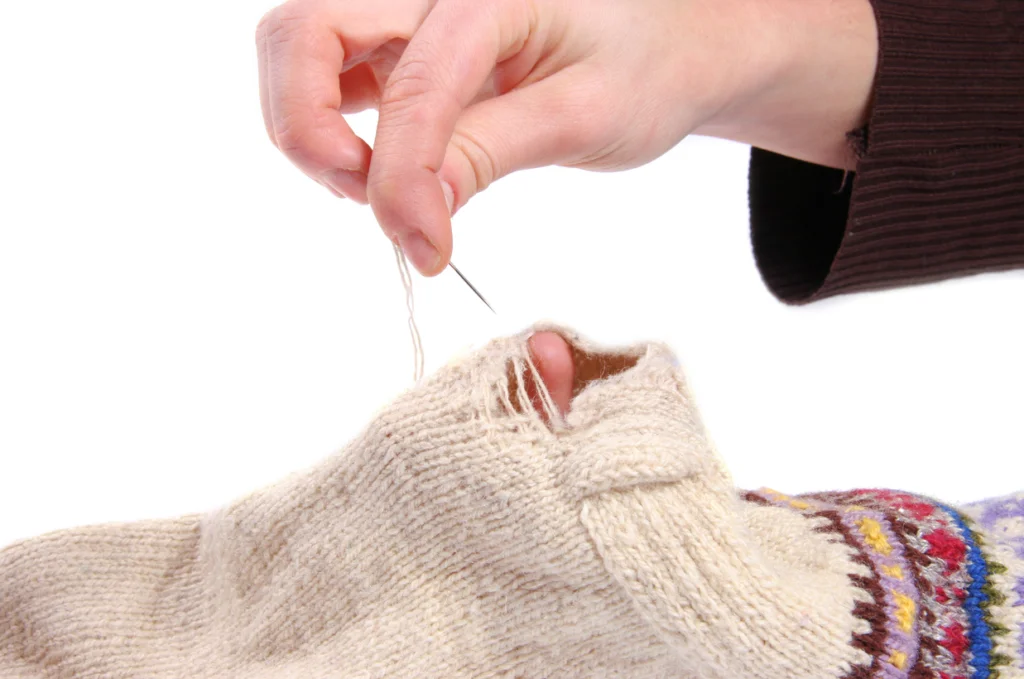
When clothing was expensive and families had limited wardrobes, mending was an essential skill that every household member needed to master. Socks with holes got carefully darned using special wooden eggs that fit inside the sock, allowing you to weave new threads across the gap. Torn seams were hand-stitched back together, and patches were applied with pride rather than embarrassment.
Evening hours were often spent gathered around the radio or fireplace, with everyone working on their mending projects. Children learned to sew buttons, repair small tears, and even alter clothes as they grew. The phrase “make do and mend” wasn’t just a wartime slogan—it was a way of life that stretched family budgets and kept everyone decently clothed through careful maintenance.
7. Blackening and Polishing the Stove
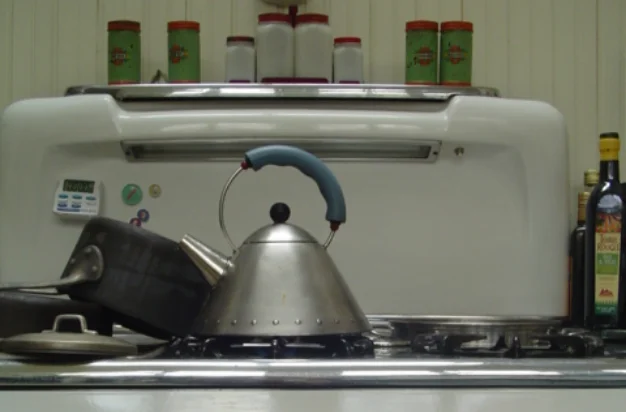
Cast iron stoves required constant maintenance to prevent rust and keep them functioning properly. Every few weeks, you’d mix stove blacking—a paste made from graphite and oil—and carefully apply it to every surface of the stove with old rags or brushes. The process was messy and time-consuming, leaving your hands black despite your best efforts to stay clean.
After the blacking dried, the real work began with polishing every surface to a glossy shine using soft cloths and plenty of elbow grease. The nickel-plated trim pieces needed special attention and different polishing compounds to maintain their silvery gleam. A well-maintained stove was a source of household pride, and neighbors would definitely notice if yours was looking neglected.
8. Washing Dishes Without Running Water
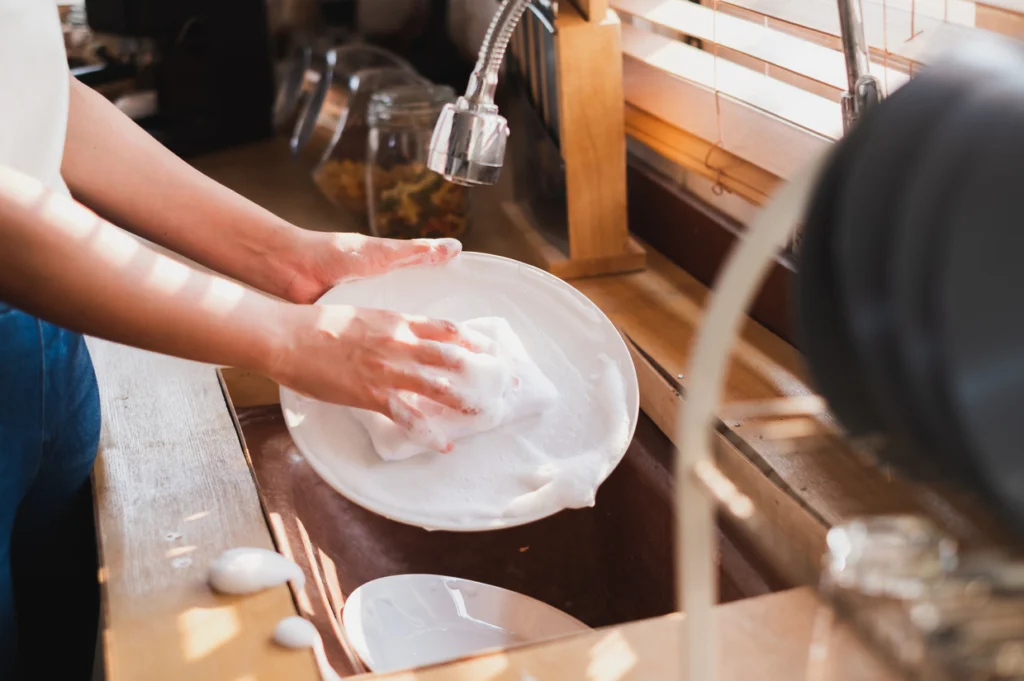
Before indoor plumbing became standard, washing dishes meant hauling water from wells, pumps, or nearby streams, then heating it over the fire. You’d set up a washing station with multiple basins—one for hot soapy water, another for rinsing, and sometimes a third for a final clean rinse. The process required careful planning to conserve both water and the energy needed to heat it.
Grease and stubborn food residue had to be scrubbed away using homemade soap and plenty of muscle power, since there were no fancy detergents to cut through the grime. Drying was done with flour sack towels that were washed and mended repeatedly until they finally fell apart. Every plate, cup, and utensil had to be completely clean because there was no quick rinse cycle to fall back on if you missed a spot.
9. Splitting and Stacking Firewood
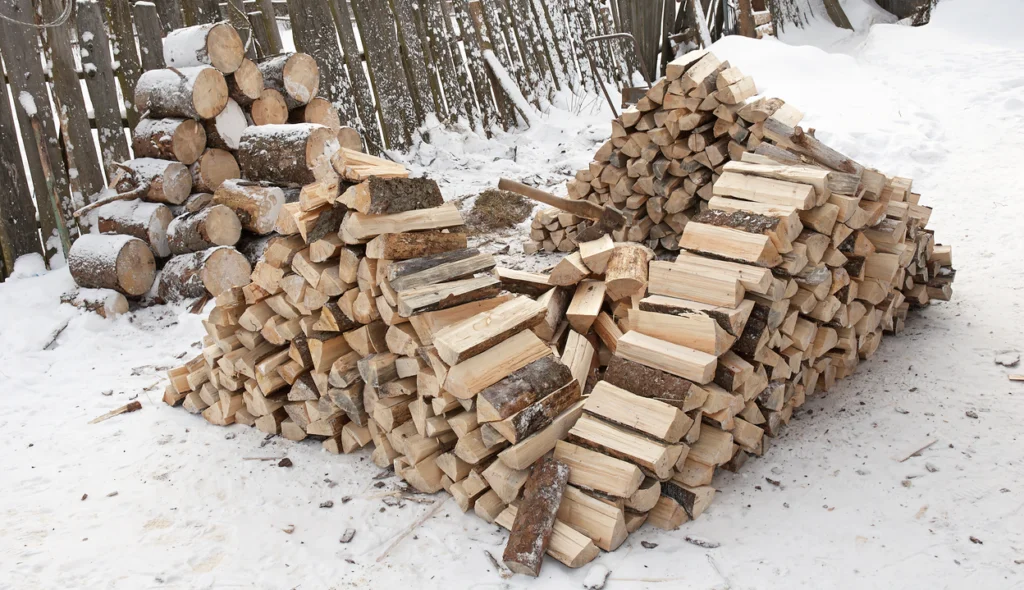
Keeping the home fires burning required a constant supply of seasoned firewood, which meant spending countless hours with axes, mauls, and splitting wedges. You’d start with fallen trees or logs delivered by the cord, then spend weekends splitting them into manageable pieces. The rhythm of swinging the axe became second nature, though your back and shoulders certainly felt the workout.
Proper wood storage was an art form, with different sizes needed for kindling, cooking fires, and all-night heating. Stacking had to allow for air circulation so the wood would dry properly, and everything needed protection from rain and snow. A well-stocked woodpile was a sign of a prepared household, and running low as winter approached was a genuine cause for concern.
10. Making Soap from Scratch
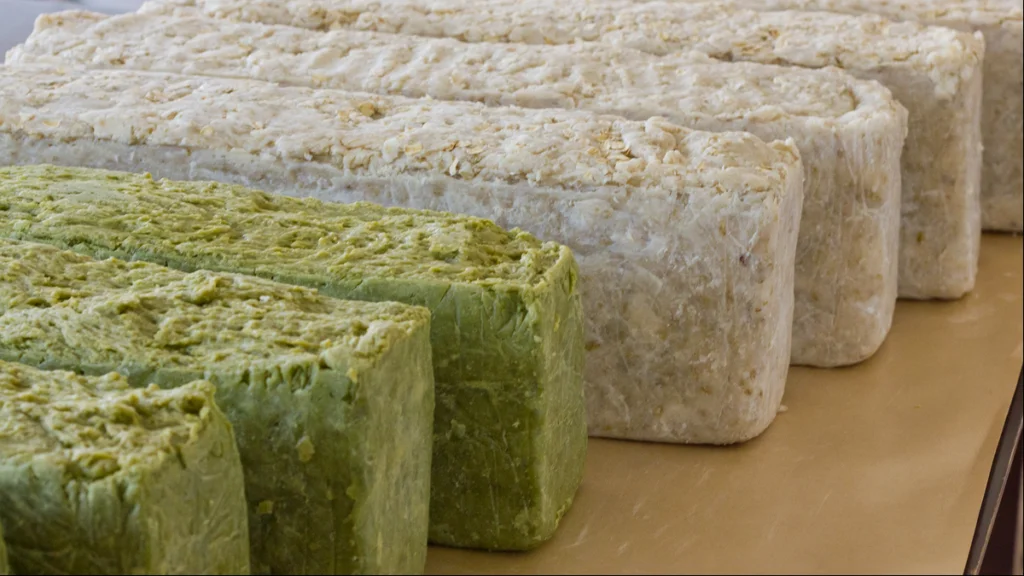
Soap-making was typically an annual or semi-annual event that involved saving bacon grease, lard, and other fats throughout the year. You’d combine these fats with lye made from wood ashes, stirring the mixture constantly over a fire until it reached the proper consistency. The process required perfect timing and careful attention, since too much lye would make the soap harsh and irritating to the skin.
The finished soap was poured into wooden frames and allowed to harden for several weeks before being cut into bars. Different recipes produced different types of soap—some for laundry, others gentle enough for bathing, and special formulations for washing delicate fabrics. A successful soap-making session would provide enough bars to last the household for months, making it a truly satisfying accomplishment.
11. Grinding Coffee and Spices Daily
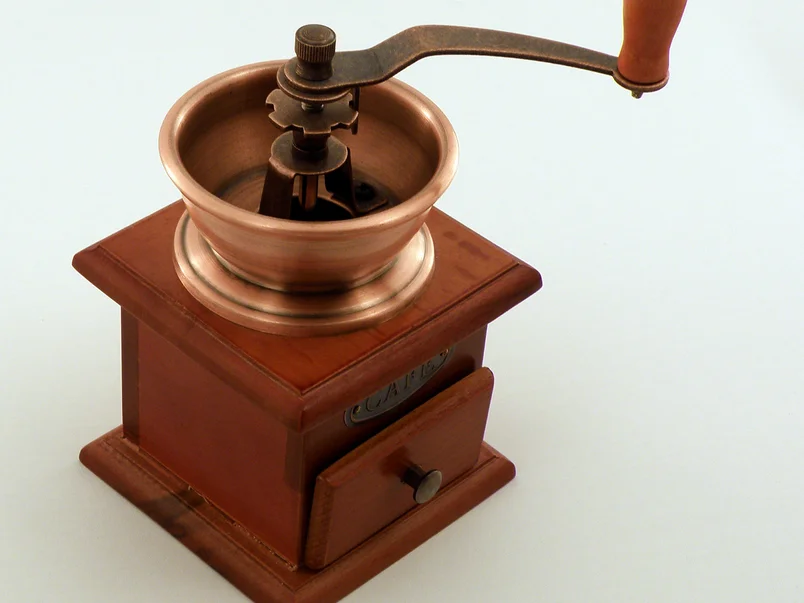
Fresh coffee meant hand-grinding beans every morning using a wooden or metal coffee mill, turning the handle while the aromatic grounds collected in the drawer below. The coarser or finer you ground determined the strength of your coffee, and achieving the perfect consistency took practice. Most households had their preferred technique, passed down through generations like a family secret.
Spices also required frequent grinding, whether you were preparing whole peppercorns, crushing herbs from the garden, or grinding cinnamon bark for baking. Mortar and pestle sets got daily workouts, and the repetitive grinding motion became almost therapeutic. The flavors were incredibly fresh and potent compared to pre-ground alternatives, making the extra effort worthwhile for special meals and holiday baking.
12. Ironing with Heavy Sadirons
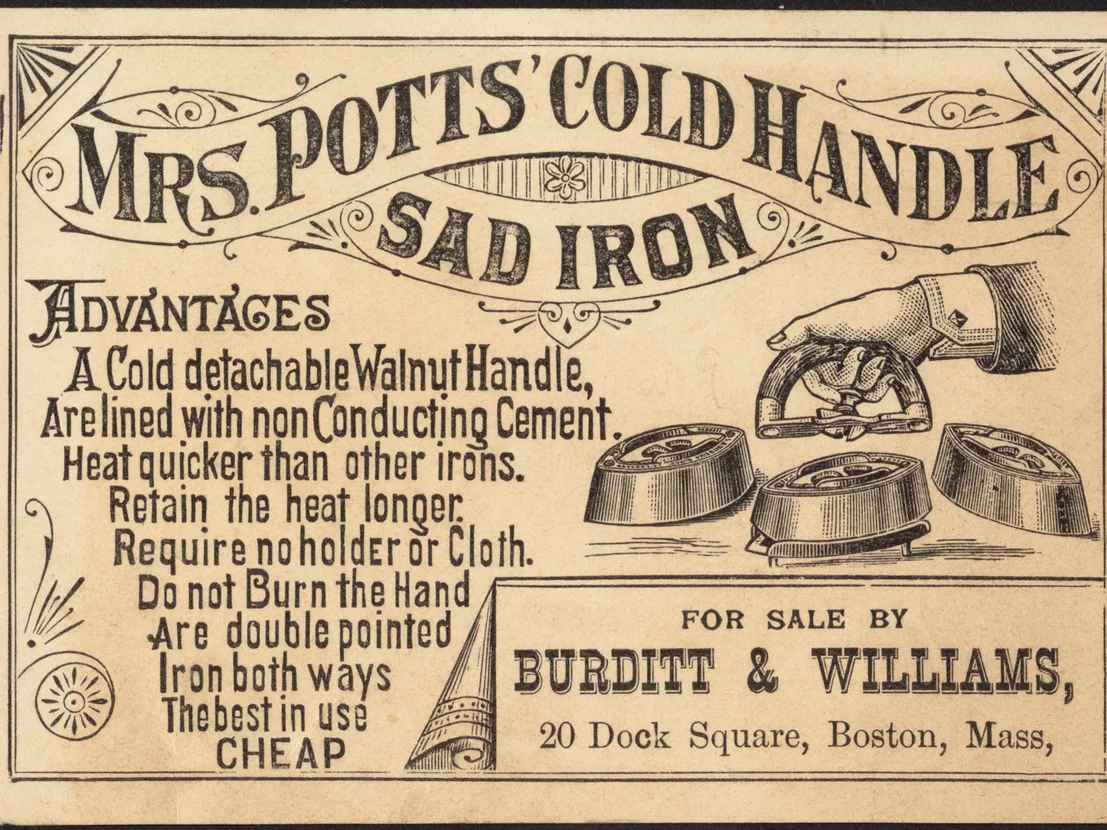
Before electric irons, pressing clothes meant heating heavy metal sadirons on the stove and working quickly before they cooled down. You’d typically heat several irons at once, rotating them as they lost their heat, and the weight of these solid metal tools made ironing quite an arm workout. Getting the temperature just right required experience—too hot would scorch delicate fabrics, while too cool wouldn’t remove stubborn wrinkles.
The ironing board was often just a blanket spread across the kitchen table, and you’d work methodically through baskets of clothes, reheating irons as needed. Starching was a separate process that involved mixing starch powder with water and applying it to collars, cuffs, and other areas that needed extra crispness. A properly ironed shirt or dress was a point of pride, and the time invested showed in the sharp, professional appearance of well-pressed garments.
While we certainly don’t miss the backbreaking labor and time-consuming nature of these old-fashioned chores, there’s something to be said for the satisfaction and sense of accomplishment they provided. Each completed task represented real skill, effort, and care that contributed directly to the family’s comfort and well-being. Perhaps in our push-button world, we’ve gained convenience but lost some of the simple pride that came from a job well done with our own two hands.
This story What 12 Household Chores Used to Be Standard—But Have Been Replaced by Technology? was first published on Takes Me Back.



